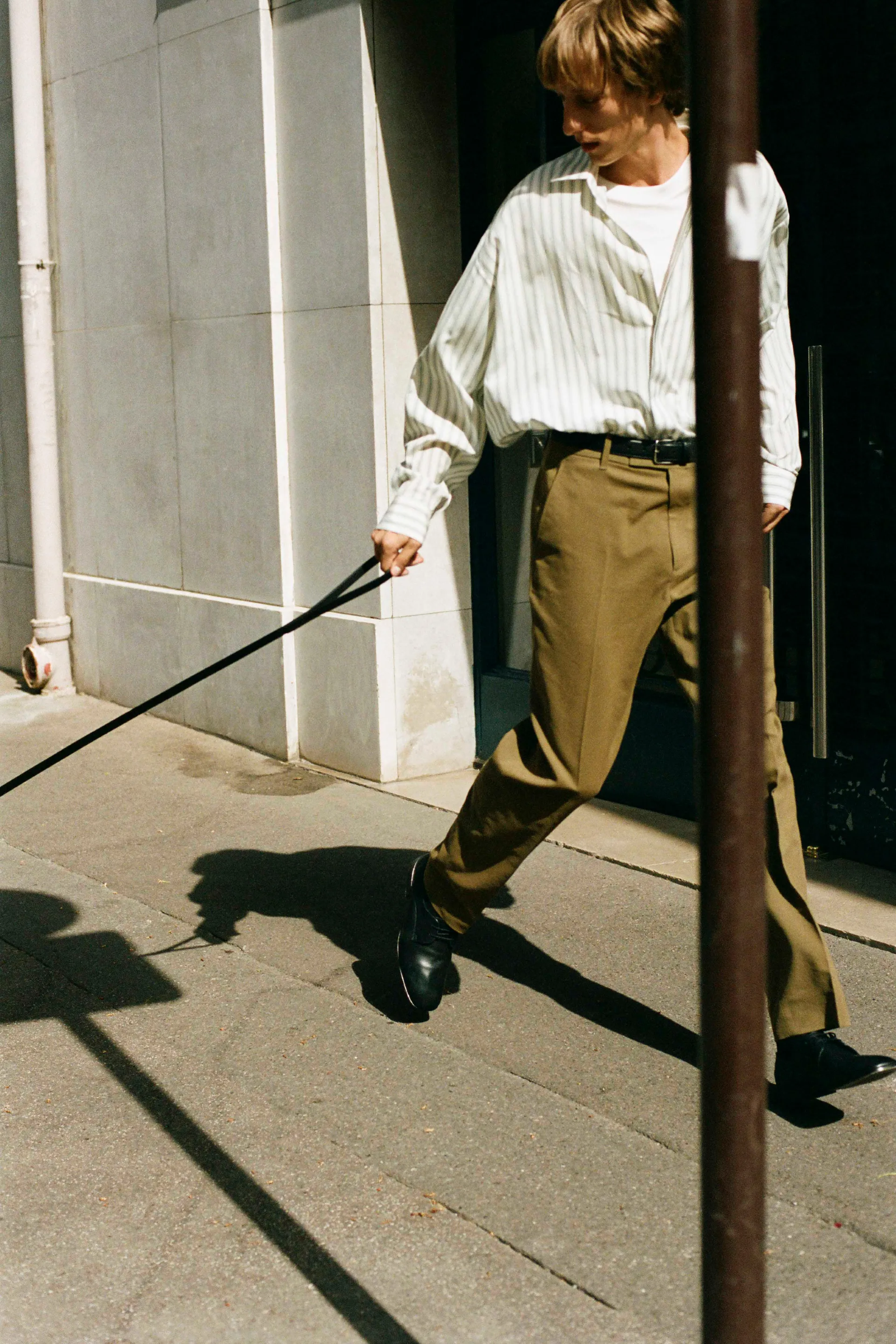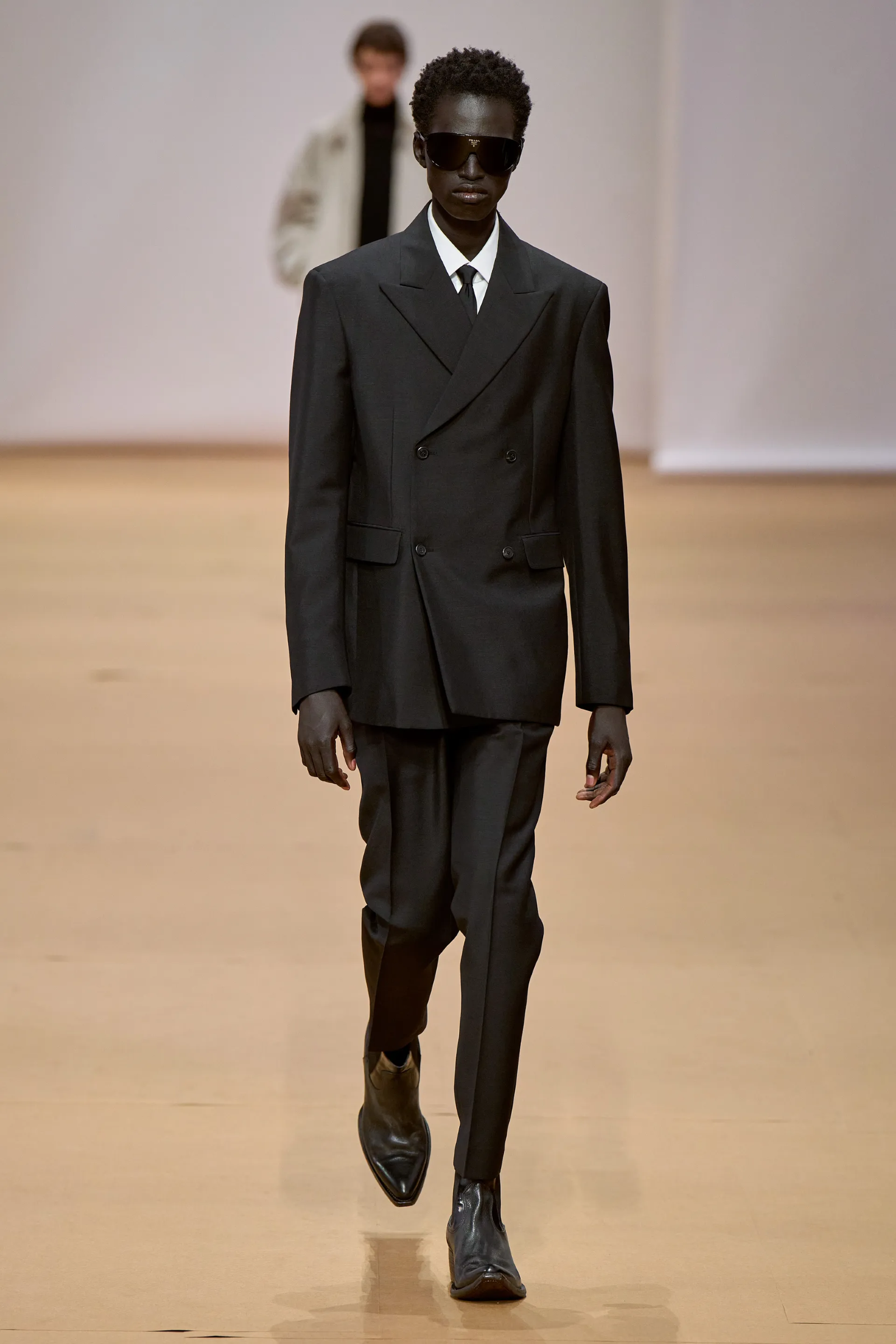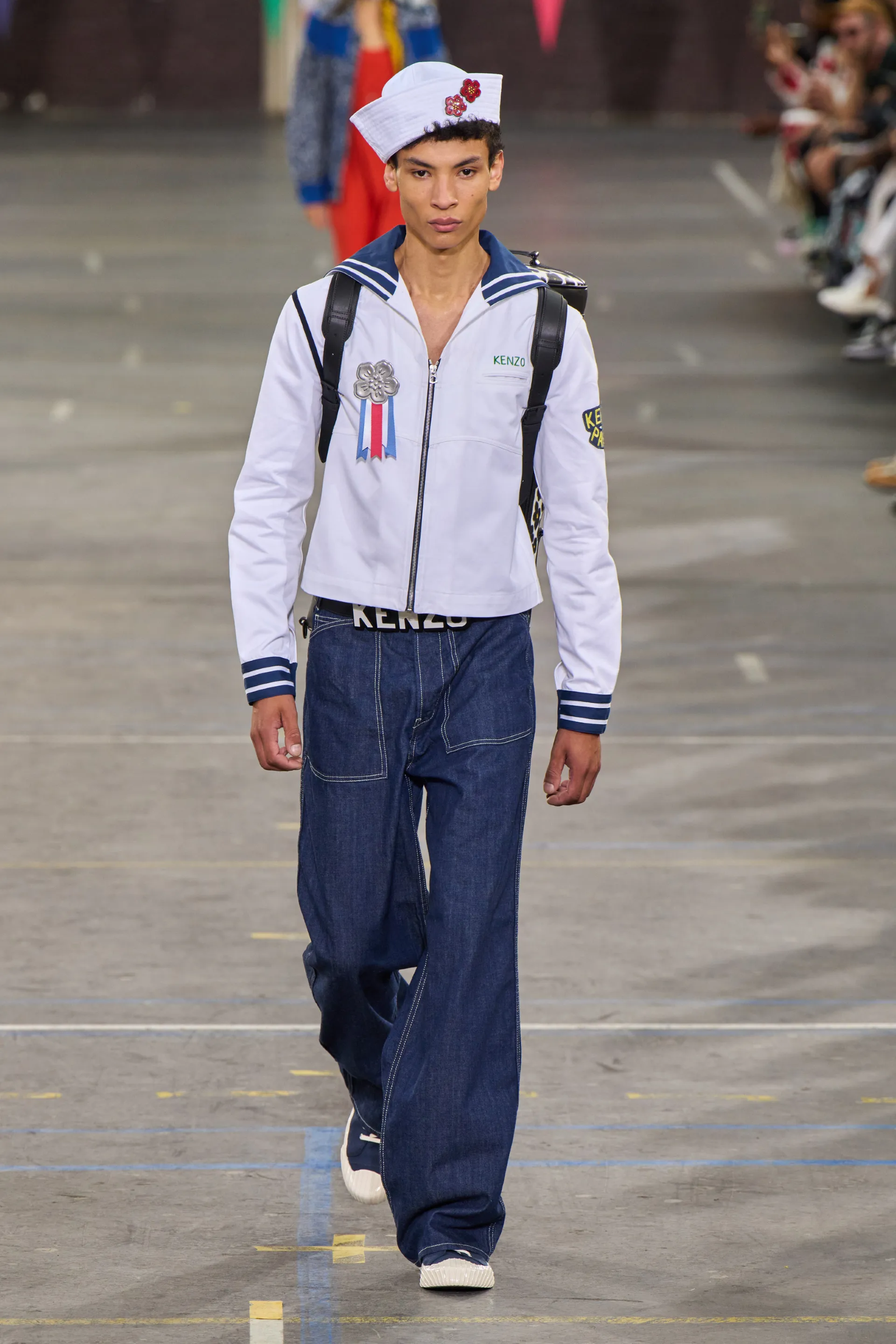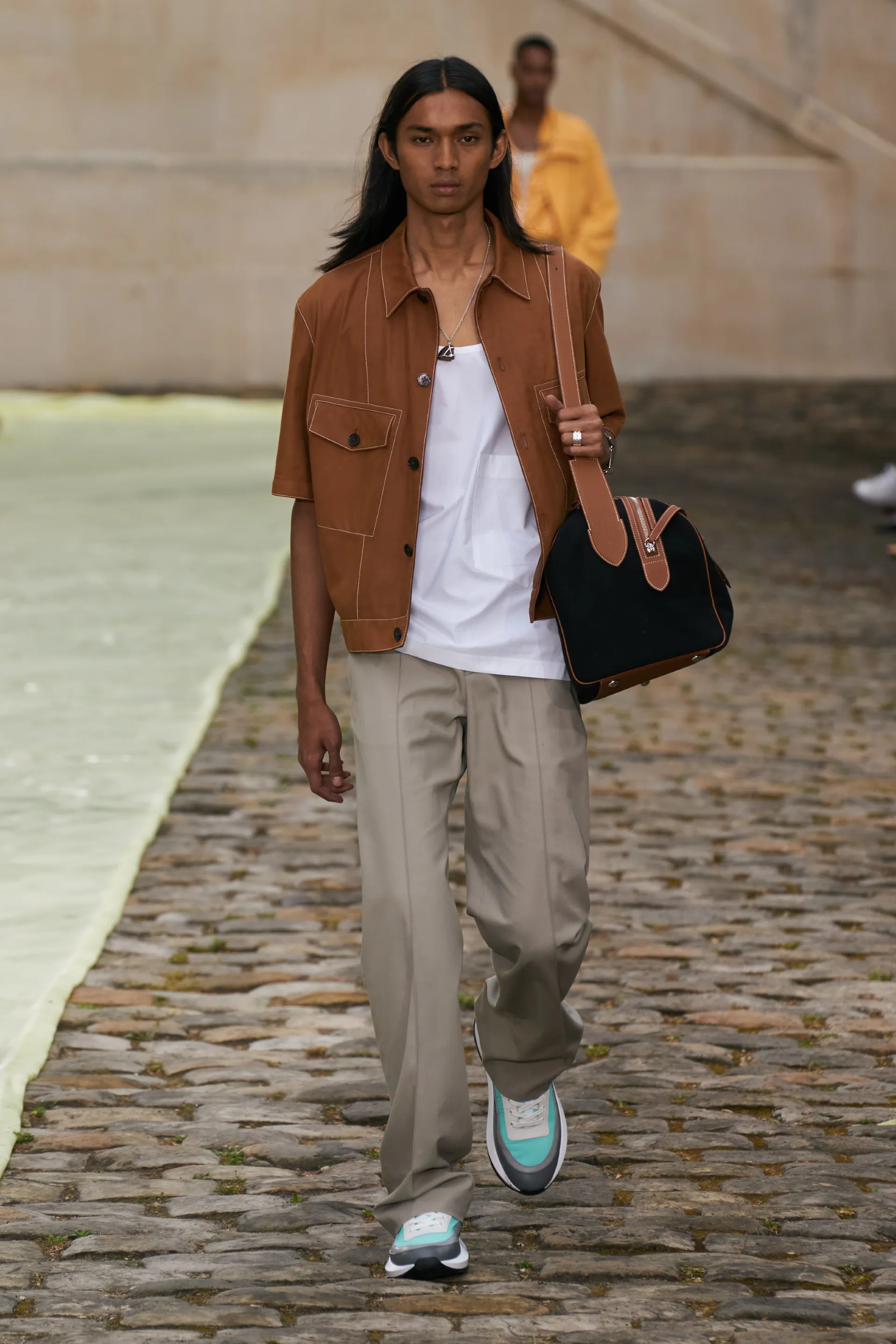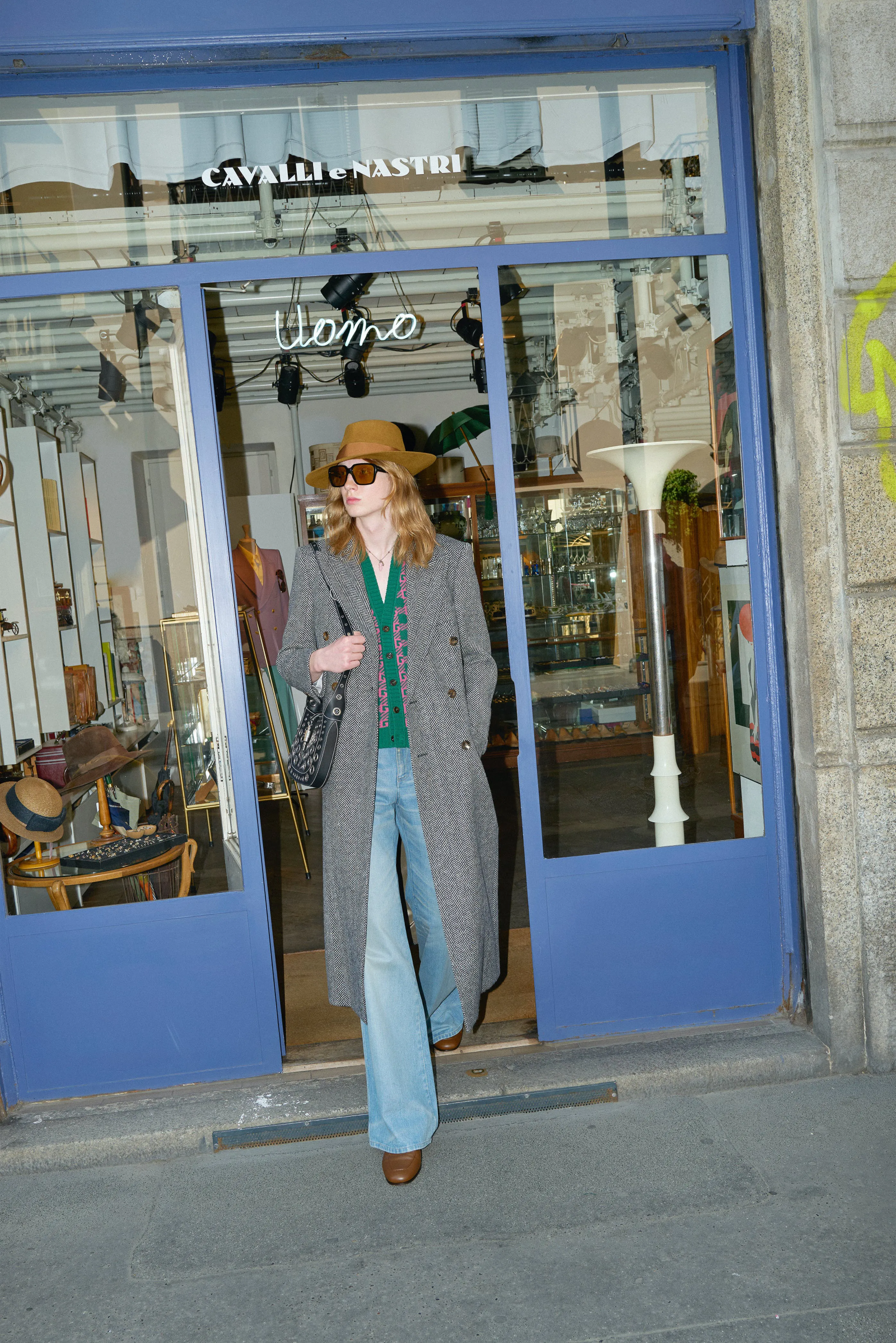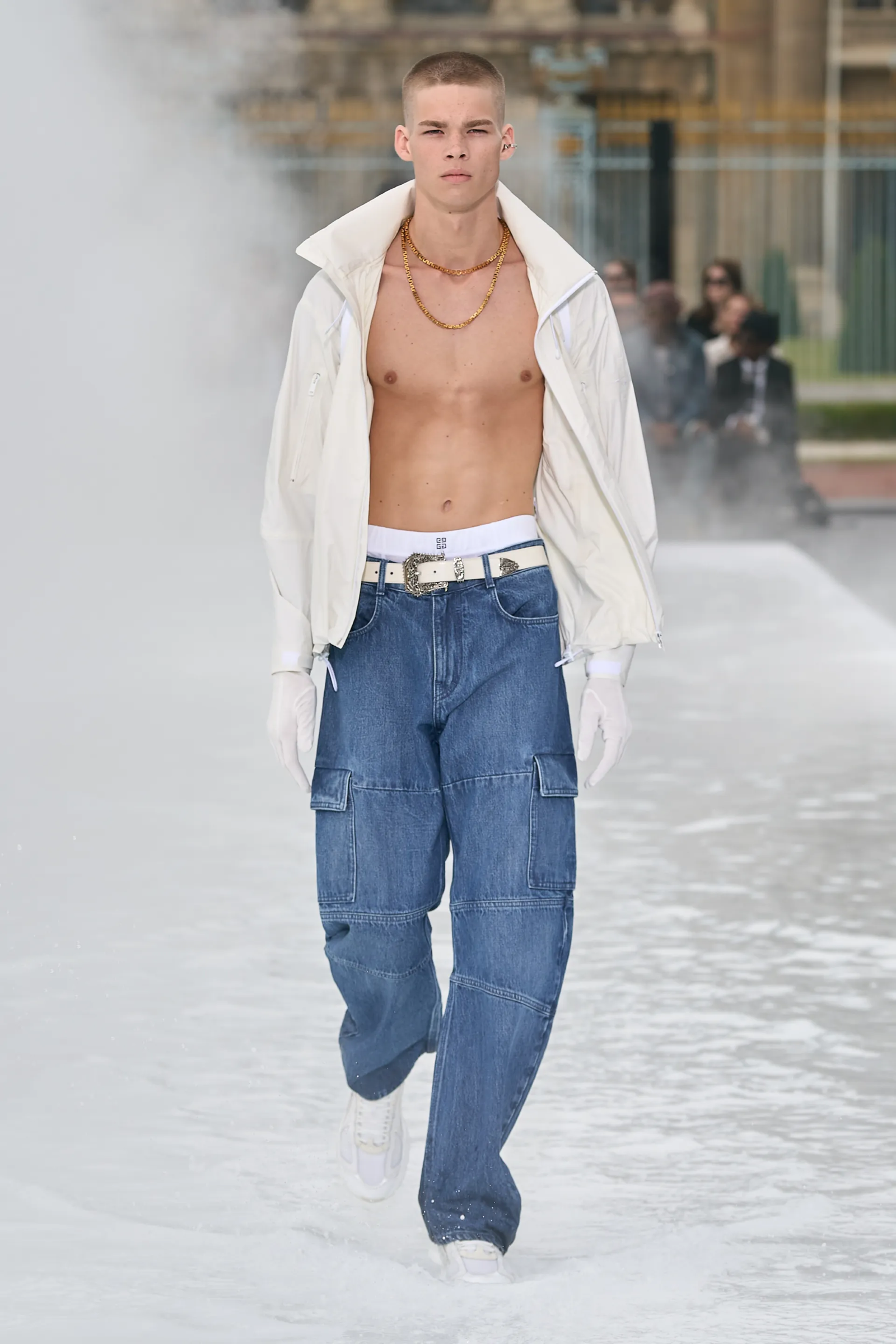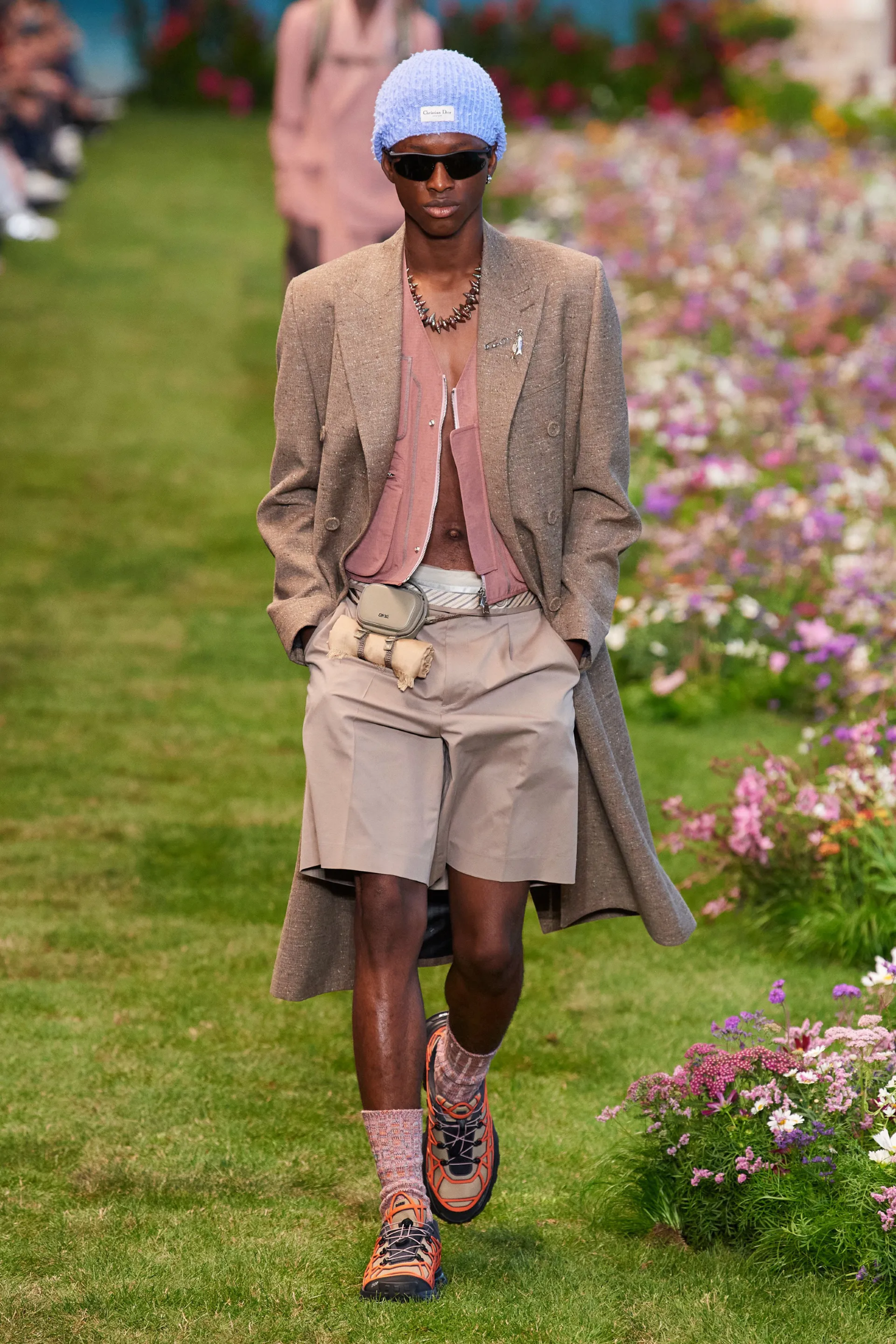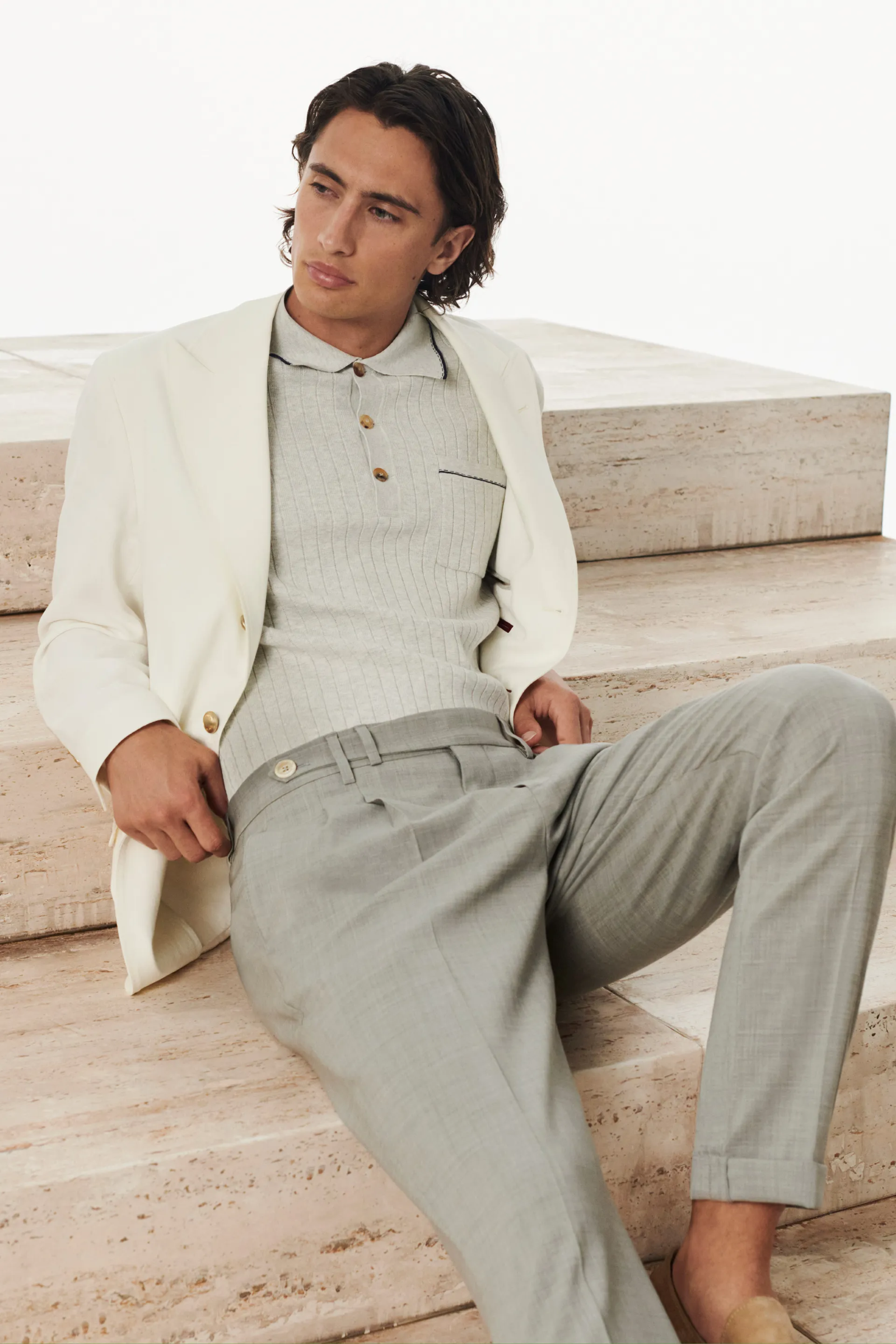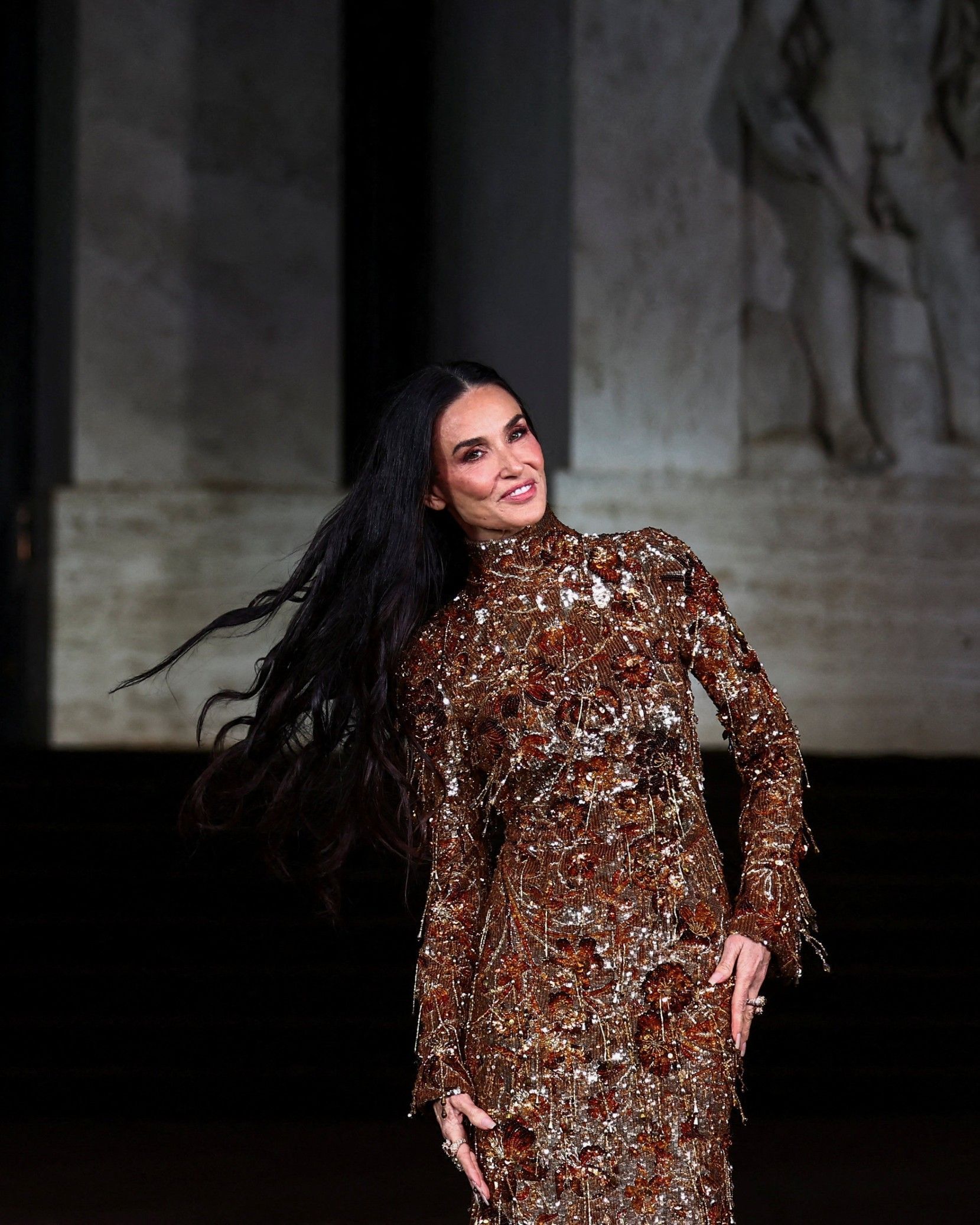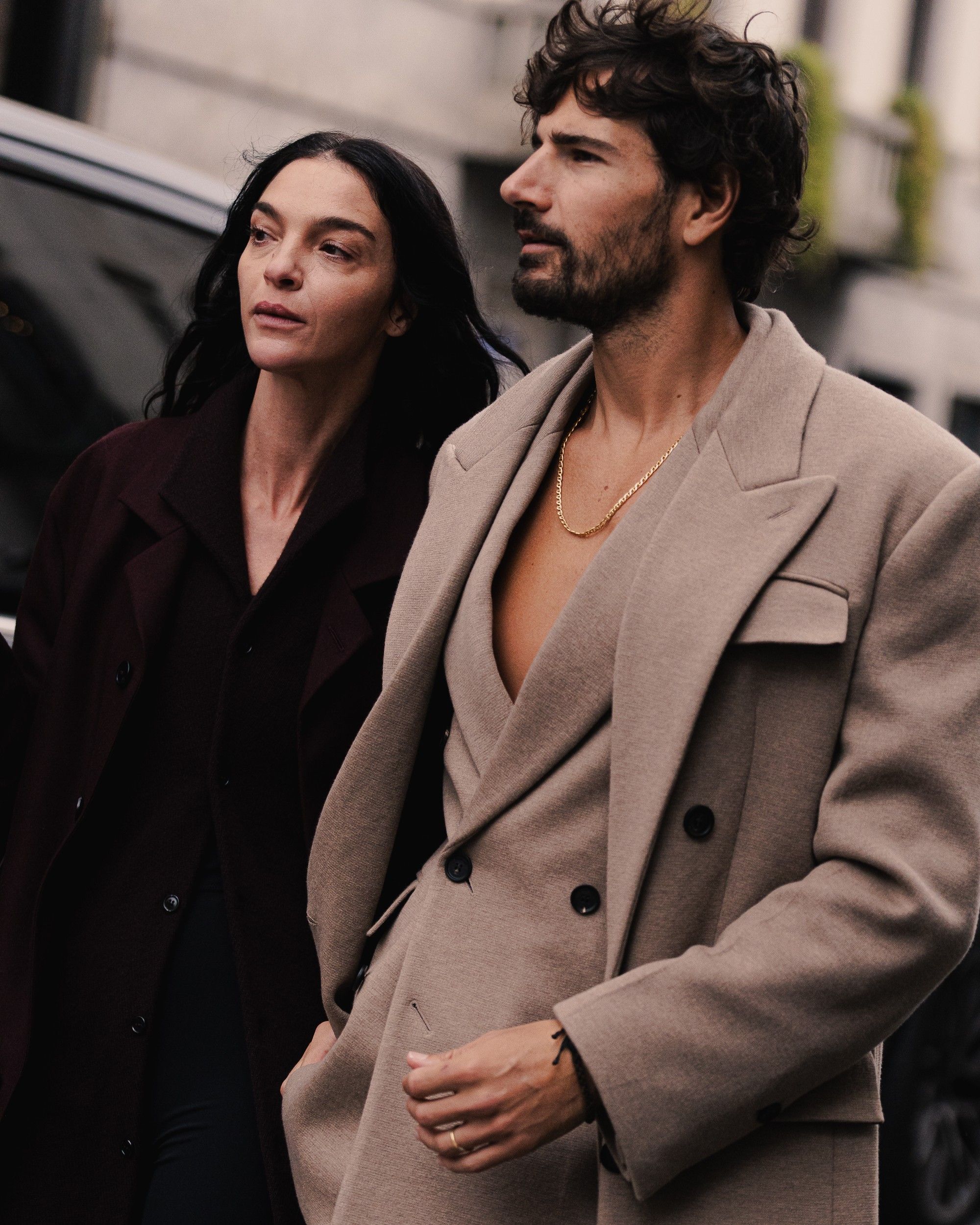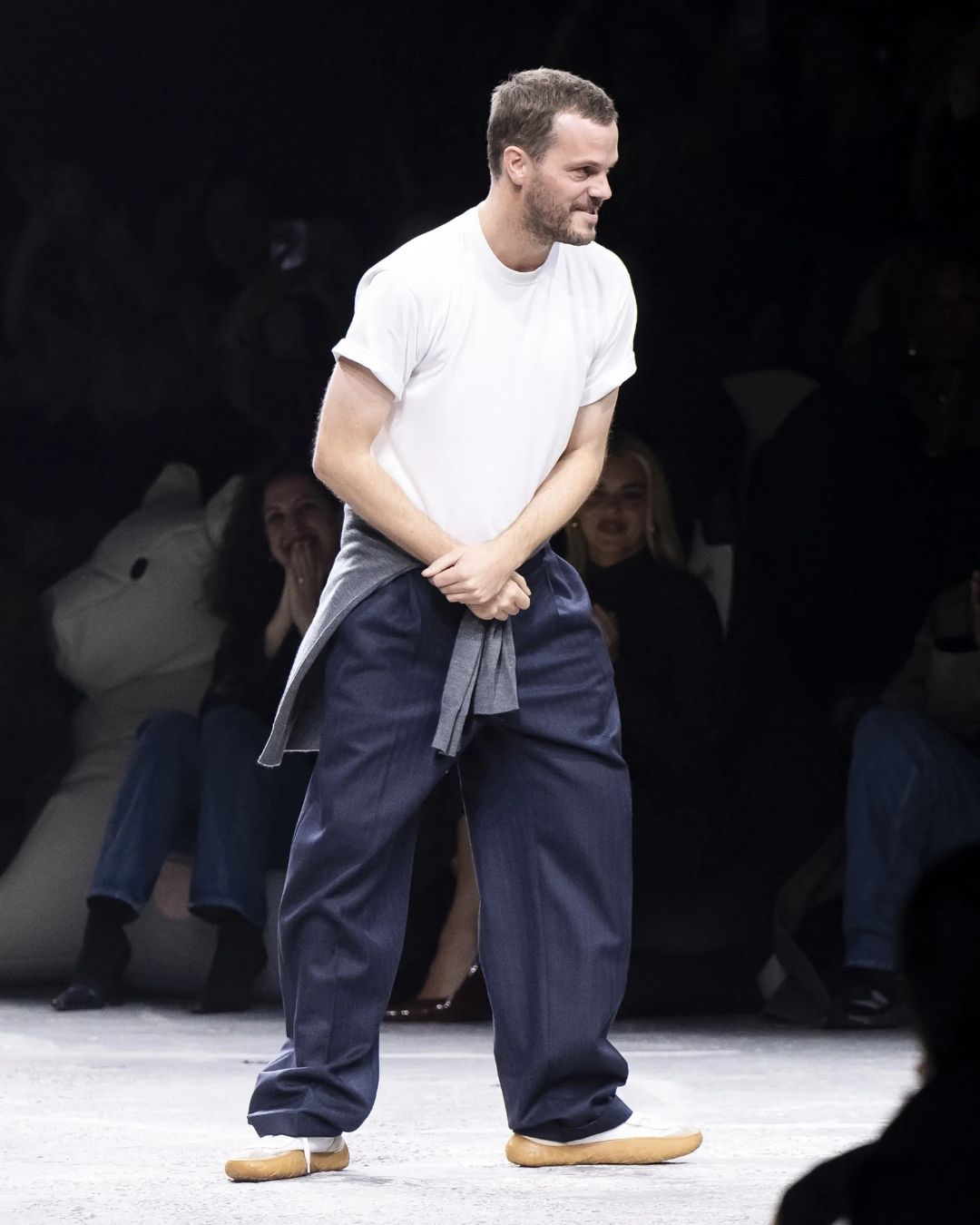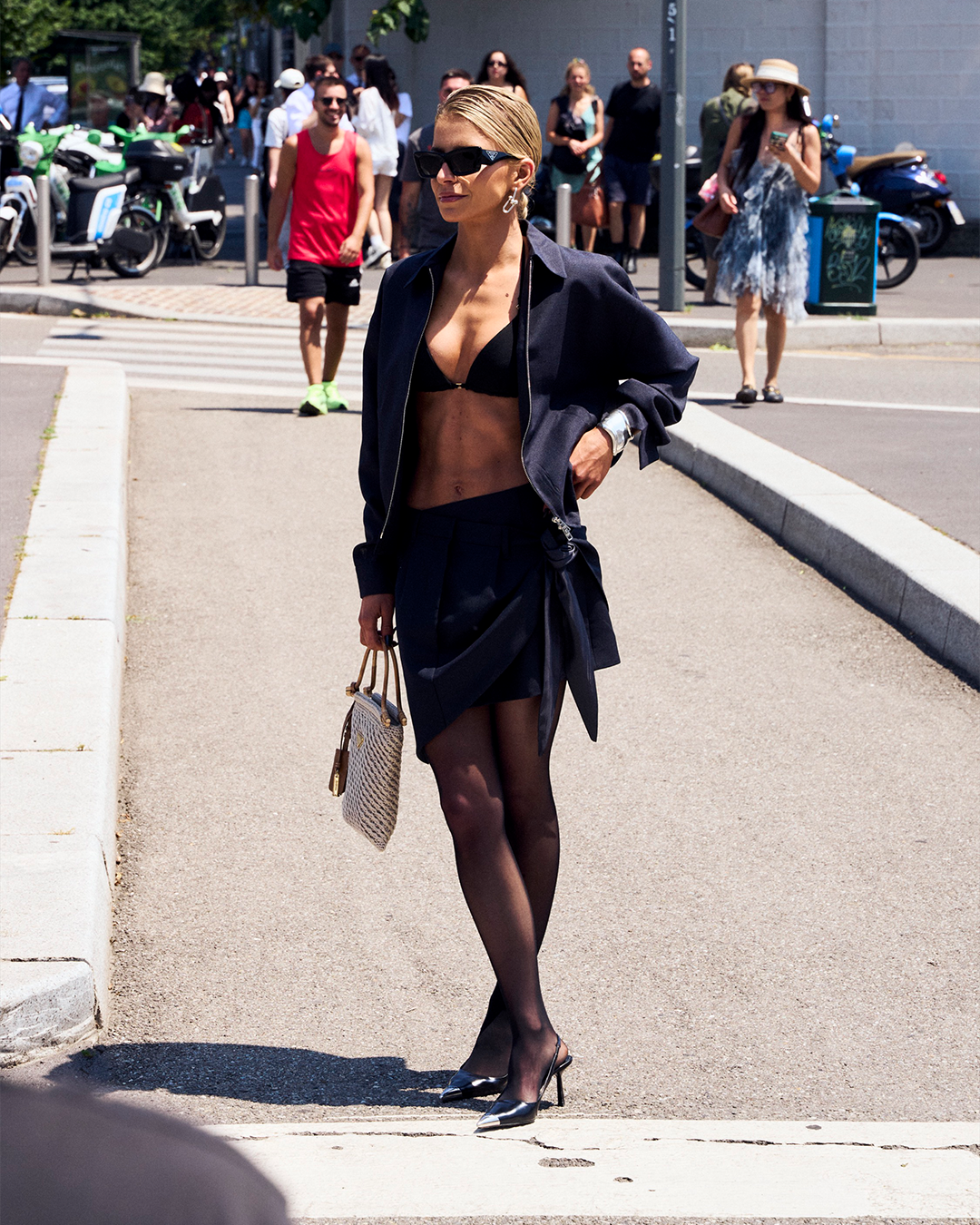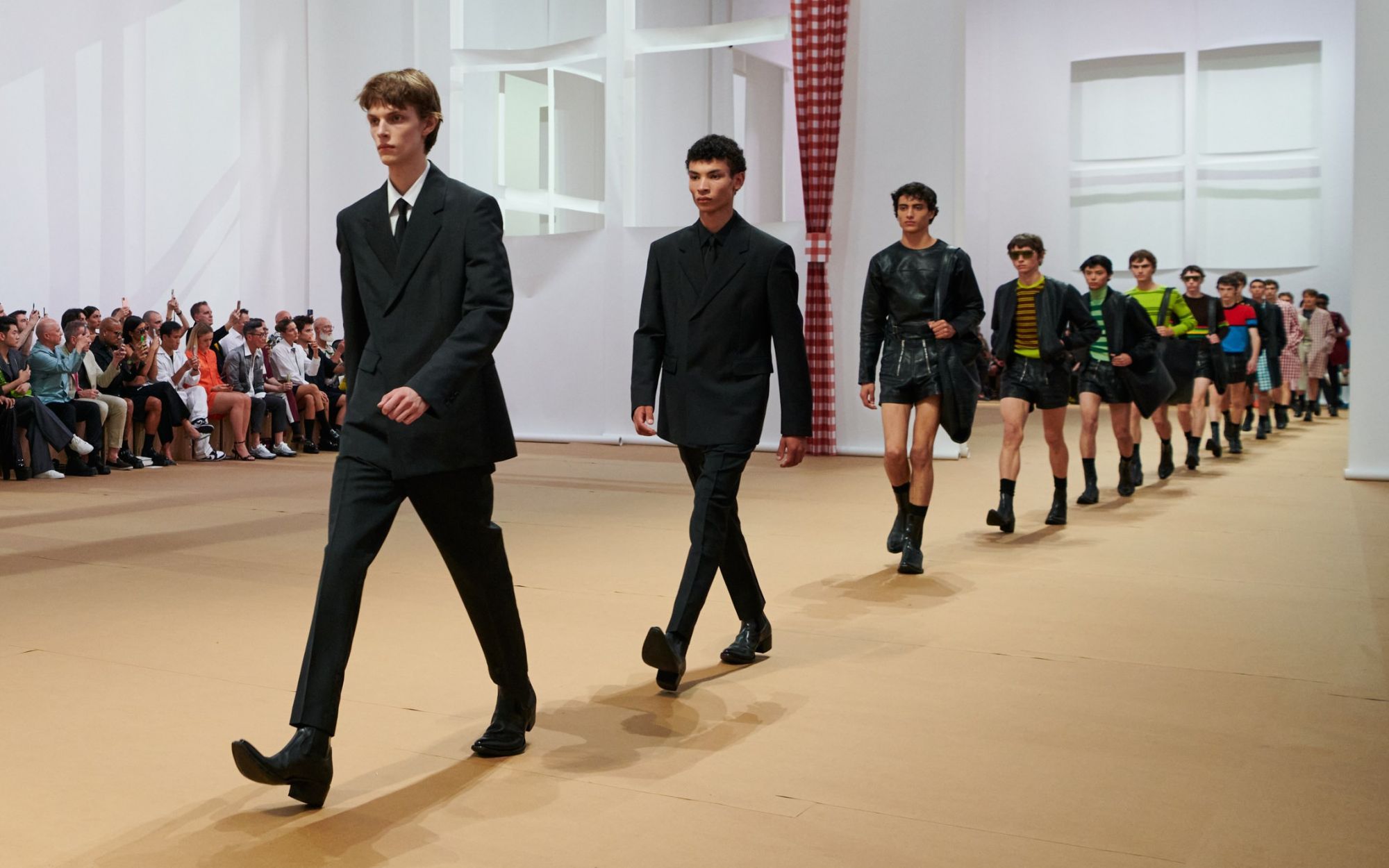
Is a normal fashion better than a conceptual one? How brands want to define the next wardrobe of the future
During the last Milan Fashion Week, at the presentation of Aspesi's SS23 collection, it was explained to the press that, for its new season, the Milanese brand had created more of a "wardrobe" than a fashion collection - a concept, that of the wardrobe, which was opposed to that of the collection in the more fashionable sense of the term, and therefore essential, reliable, seasonless. If the collection is meant to show newness, excite with new proposals, look to the future and, to some extent, reflect the times, the wardrobe is a more passive metaphorical "place" that collects and contains personal and everyday used clothes, a utilitarian archive but also a selection of personal classics. Again the idea of wardrobe was evoked by Miuccia Prada and Raf Simons about Prada's SS23 show: «We are attracted to the idea of ‘normal’ clothing—classic pieces, archetypes, the garderobe», Simons told the WSJ.
Both Gucci with its Gucci HA HA HA collection talked about a «dream wardrobe», and Marcelo Burlon who, during the interview given to nss magazine after his show, explained that «all the things you find in the collection are all items that we also use. The evolution more than anything else is figuring out what we like to have in our wardrobe». Also Givenchy's press release for its SS23 collection started out speaking about «a contemporary wardrobe seen through the looking glass of savoir-faire». The idea of a wardrobe would seem to be intended to oppose that conception of fashion featured these days on TikTok and Instagram of "Fashion shows be like" memes in which random people pretend to walk in a fashion show wearing household objects such as ironing boards or stools - a humorous reaction to a fashion that the public finds difficult to understand and therefore appreciate.
@helgemark Ich präsentiere euch meine neue #Kollektion. Alles Einzelstücke. Preis auf Anfrage. #catwalk #fashionshow #runway #fashion original sound - Nelisiwe Willantah
Fashion can be bizarre and frivolous - and it happens that when confronted with a particularly avant-garde look, the classic layman says, «I would never wear that. But would you leave the house dressed like that?» And there is no exegesis of ugly chic that holds up: on a basic, elemental level those clothes want to be too radically "other" than the supposed canon of normality - a gap that merchandise directors everywhere are doing somersaults to patch up. What is seen on the runway is an example of what will come in the store and even the press notes with some astonishment when a collection's looks are "wearable," as if by now the default of a runway show is not to show clothes but conceptual fabric sculptures or theatrical costumes beautiful to marvel at but untranslatable on the plane of everyday life. Just as on the street, on the runway we begin to perceive a division: on the one hand, fashion as progress, with the new silhouette, the new product, the new sustainable technology as well as with the desire to surprise, to be recognized; on the other hand, fashion as wardrobe and therefore reassuring tradition, as a taste for the essential and, as Raf Simons calls it, the normal. The wardrobe represents a cohesive and limited choice, but above all a practical one - the wardrobe is anchored in everyday life, in the stability of routine. Where the fashion collection can be vast and accommodate many different suggestions, the wardrobe is concise and, in the best sense of the word, created to harmonize the centrifugal pull of individual expression with the centripetal pull of social expectation, the "golden middle ground" of which the Stoics speak. Even a basic and partial knowledge of history, fashion, and Newtonian physics suggests to us that to every action there is an equal and opposite reaction, and that therefore, if the opposite reaction we face is a return to a wardrobe idea, the initial action is the irruption of a sense of chaos and instability in our world.
Not very normcore of you to call your fashion sense normcore Brendon. Its just normal.
— Romeo Rogue (@RomeoRogue) February 9, 2022
After all, it was two years ago, in the midst of the pandemic, when no one knew how it would all end, that the idea of basics and normcore returned to appeal to the public - an idea that is as much about the durability and longevity of what we wear as it is about the absence of rhetoric. The beauty of a white shirt, say, lies in the quality of its cut and fabric, the precision of its details but almost never in its ability to place the wearer in a specific box. The search for a rational and down-to-earth "wardrobe" is not, however, meant to deny the importance of self-expression but to seek a glimmer of groundedness and reason in the midst of the times we live in, which are increasingly interesting (as the beautifully ironic Chinese saying goes) in which between climate crisis, increasingly extreme political polarization, and a certain level of distrust of culture and society, taking the future for granted is less and less easy. The idea of wardrobe is after all an idea of routine - and routine can only take place in a stable and serene context, if only on a psychological level. And the search for this stability should not be misunderstood as a reactionary return to an obtuse and bigoted past but as a forward movement to settle on a new baseline, on a new fixed point from which to develop, toward its next and inevitable step, progress.
It doesn't help, of course, that contemporary culture and especially that of the hyper-globalized and hyper-digitalized new Z and Alpha generations is fragmented into an increasingly vast, capillary and intricate mosaic of micro-trends, micro-aesthetics, various something-core. All trends that are not tied, as they were in the past, to a certain cultural moment but are the result of deliberate browsing through various times and fashions. The relationship of consequentiality that linked a given historical moment to a given aesthetic would seem to have been broken and replaced with a kind of encyclopedic repertoire of open source aesthetics that certainly gives full freedom and richness of inspiration to those who frequent it but whose historical assumptions are entirely arbitrary and, therefore, at least partly unfounded. The same problem, in different terms, arises in fashion: when one buys the iconic piece of a certain season, the short-circuit occurs whereby the very iconicity of a product binds it to a given historical period, to a given collection - with the result that the product in question already looks old and dated a year later. These iconic but easily obsolete pieces stand in contrast to that idea of "less but better" promoted by some designers last year - although it is clear that the same concept of "less but better" was swept away by an avalanche of releases the moment from the pandemic one back to ordinary fashion time. With this season, one of the solutions to which the luxury industry has tried, timidly, to propose is precisely that of wardrobe versus collection: in a world where there is no longer anything new except trouble, at least what we wear remains to reassure us.










































